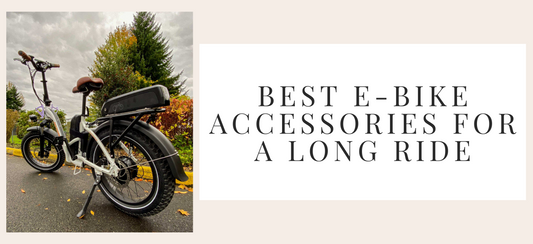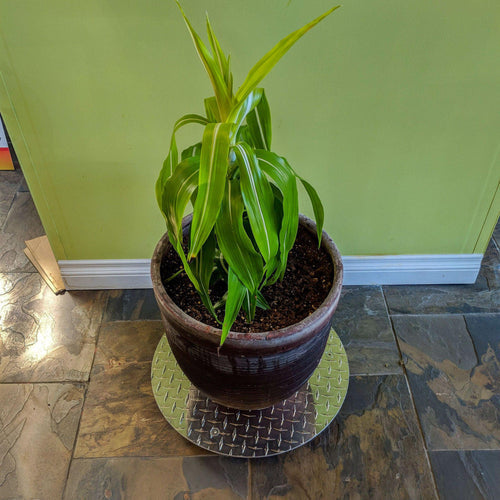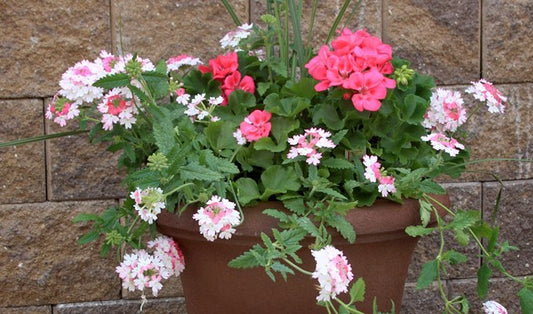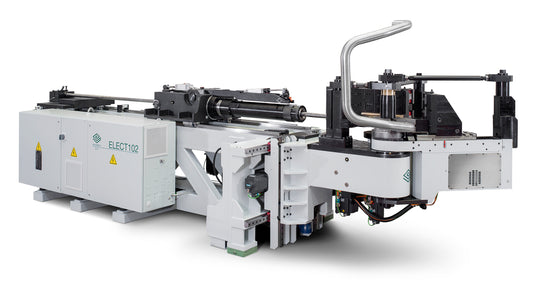The days are getting shorter, and the temperatures are slowly starting to drop. Before winter digs its feet in for the long haul it’s time to think about transitioning some of your outside plants back indoors for the winter. Any houseplants that have made their way outside and tender perennials should be brought inside to protect them from the winter elements, keeping them healthy and hardy. A strong, healthy plant will look and grow better, and also be better able to fend off insect infestations, bacterial problems and disease when it makes its way back outside the following spring.
Transitioning your plants from an outdoor space to inside your home needs to be done carefully to avoid shocking the plants. An abrupt change in lighting conditions, temperature, and even humidity can be traumatic to plants causing yellowed leaves, wilting, dropped leaves, or even death in extreme situations. Nobody wants to lose any of their plants, especially because of their own error, so it’s important to follow some basic steps to make the transition less stressful.
So, exactly when should you begin moving your plants indoors? In most areas and for most plants it’s best to start the transition when nighttime temperatures begin to dip below 50°F. The majority of houseplants and other tender plants will suffer damage when the temperature falls below 40°.
Before bringing any plants indoors it’s a good idea to inspect them closely for insects and diseases. If any problems are found treat them accordingly and then quarantine plants until they are completely disease and insect free. Aphids or spider mites inadvertently brought into the house will quickly infest all of your other houseplants. To make sure there aren’t any soil-borne insects you can soak pots in lukewarm water for 15 minutes. This will drive insects out of the soil.
If your plants have grown considerably over the summer this is the perfect time to either prune them back slightly, or transplant them into larger containers. To properly prune plants remove any dead or dying foliage to promote healthy growth and remove no more than one-third of the plant. If a significant amount of foliage is removed, prune a similar amount of the roots to compensate and stimulate growth. For plants that need transplanting move them into containers at least 2” bigger in diameter and avoid filling pots with garden soil, using high-quality potting soil instead to reduce the chance of disease. Fresh potting soil will also add nutrients to the container to feed the plant.
After these steps are finished, you can begin acclimating your plants to the conditions inside your home. To minimize the stress on your plants allow yourself about two weeks to accomplish the transition. For the first handful of days bring your plants inside at night making sure to them outside again early in the morning. Gradually start keeping them indoors longer until they are accustomed to being inside all day long. This transition will be easier if you take care to keep your windows clean, allowing as much sunlight through them as possible. It is also a good idea to place plants where they can receive sunlight from southern exposure windows.
Moving plants back and forth from your outside garden space to a protected spot indoors is a tiresome job. A great way to make the process easier is to have your potted plants on heavy duty plant caddies. When looking to purchase rolling caddies keep a couple of things in mind to get the most from your money. Opt for one that is made from durable materials that will withstand the elements. It will be subjected to wind, rain, and harsh sun. Plastics will break down over time, needing to be replaced more frequently. Potted plants are heavy and to move them easily look for a plant dolly that has a high weight limit and a recessed bottom to lower the center of gravity; this will help keep taller plants from tipping over when you try to push them to a new spot. Also, think about the wheels on the plant caddy and the material they are made of. Typically wheels are constructed from either hard plastic or rubber. Moving large plants isn’t an easy project, to say the least. Having wheels that will move easily across your patio or garden area will make the job considerably better.
When fall temperatures start to dip and winter is around the corner it’s important to move your outdoor houseplants and tender perennials inside to avoid damage from the cold. This process should be done slowly to avoid shocking plants; an abrupt change in sunlight, temperature or humidity can cause stress on plants leading to wilting, leaf yellowing or even leaf drop. Give yourself a couple weeks to gradually acclimate disease and insect-free plants to indoor conditions, making the transition smoother by using rolling plant caddies. Healthy, hardy plants are well worth this time and attention!





